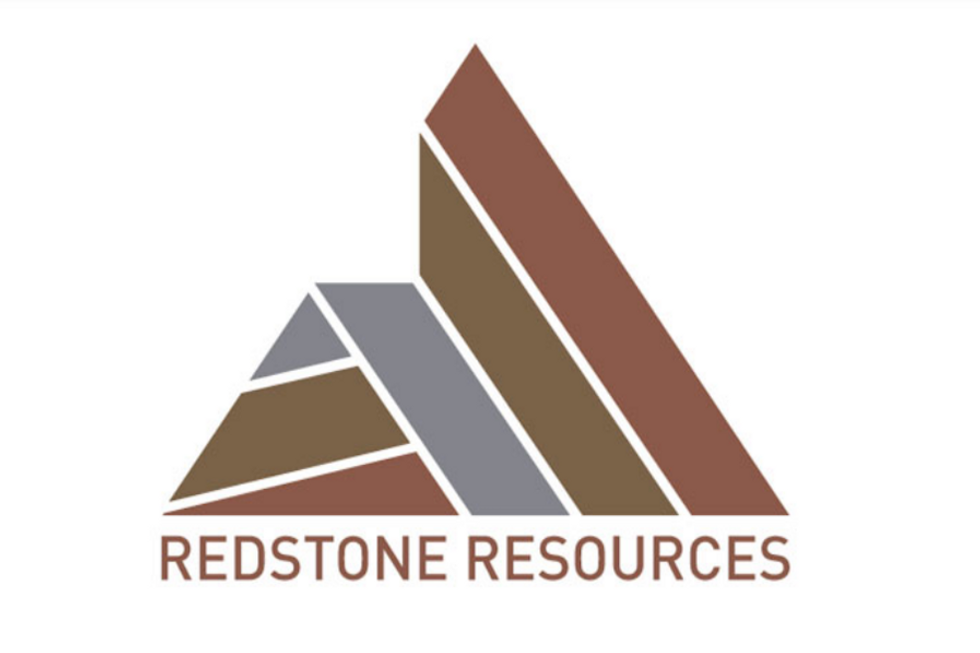The copper market has continuously been plagued with labour disputes for years, however, this year strikes have been especially prevalent with workers believing that they are entitled to larger pay cheques and benefits as they perceive that their employers are “raking in the cash” on the back of high metals prices.
The copper market has been plagued with labour disputes for years, however, this year, strikes have been especially prevalent with workers believing that they are entitled to larger pay cheques and benefits as they perceive that their employers are “raking in the cash” on the back of high metals prices.
Strikes are used by long investors as an excuse to push up copper prices. At the start of each year analysts make an allowance for the amount of copper expected to be lost to disruptions, such as strikes and so far this year some bad weather and the volume of strikes will likely result in larger than anticipated production losses. “Mine workers seeing high copper prices, seeing miners making a lot of money, want their slice of the cake,” according to Christine Meilton, analyst at CRU Group. CRU now estimates mined copper production at 15.9 million tonnes for this year compared with 16.1 million tonnes in January. “Our disruption allowance in January was 7.5 percent for mined copper. That’s not going to be nearly quite enough, it’s looking more like 8 to 9 percent,” added Meilton.
Strikes generally increase when commodity prices rise; with the recent acceleration in labour unrest eerily similar to that seen during the commodity boom years of 2007 and 2008. What is different about the current climate, in terms of the copper market, is the strikes are occurring in a time when we are just seeing the first signs of a market in a supply deficit. The strikes influence on prices is being moderated by an overall weak economic picture; however, when the macroeconomics improve and the copper supply chain tightens, copper prices will be in for a wild ride.
Solutions
Strikes can be very expensive, costing miners millions of dollars in lost revenue. At the same time, caving to union’s demands can involve a long-term expense, if higher wages and benefits are what the miners have to be offered to return to work. In many countries, including Chile, striking can be illegal. When workers stage an illegal strike, their jobs are not protected by the government. Essentially, when these workers are striking, they are playing Russian roulette with their employer. On one hand, it is expensive and very difficult for an employer to replace hundreds of skilled workers. On the other hand, they do have the right to call in replacement workers- and when strikes drag on, this is often what happens.
If a strike results in enough production disruption- a miner may be forced into declaring force majeure to free themselves from their obligations to supply customers with copper. Declaring force majeure is really the last option, and miners may try and find replacement workers first. While strikes are bad news for the company they impact, they are generally good news for the overall prices of the commodity. Therefore, it is a toss-up as to how strikes can impact a company’s share value. Strikes are not always a negative for share values, the direction that share prices take will also rely on the overall macroeconomics affecting the market in general and the sentiment over the duration and the total impact of a strike. This July, the strikes in Chile resulted in copper prices rallying the most since last February, when they hit record-highs. However, the share values of most miners were down, as while the strikes were ongoing, the US was dealing with its stalled debt negotiations. The threat of the US defaulting on its debt resulting in collapsing share values of many companies. Most of the commodities except the safe haven investments also lost value. Copper, however, was able to buck the trend as the potential supply threats overshadowed the overall global economic climate.
A timeline of copper strikes over the past year (courtesy of Reuters)
July 21, 2011: union workers at Chile’s Escondida mine strike to demand bonuses to offset lower output level compensation.
July 11, 2011: thousands of Codelco union workers staged a company-wide strike for one day to demand a bigger say in the state-run miner’s restructuring plans.
July 2011: workers at Freeport-McMoRan Copper & Gold’s (NYSE:FCX) Indonesia mine strike for eight days demanding a pay increase.
May-June 2011: violent protests by thousands of contract workers at Codelco’s El Teniente which forces miner to slash output.
April 2011: Grupo Mexico’s giant Cananea copper mine was 90 percent ramped-up after a strike that began in July 2007 closed the mine and cost the company roughly $3.5 billion.
March 2011: more than 600 workers at Zambia’s Chambishi copper smelter striked for two days, demanding a pay increase.
December 2010: a 32-day strike ended at Collahuasi, after workers accepted a wage deal.
September 2010: a week long labor dispute occurred between Grupo Mexico and the national miners’ union
Disclosure: I, Leia Toovey, have equity interests in Freeport McMoRan Copper and Gold Inc.






